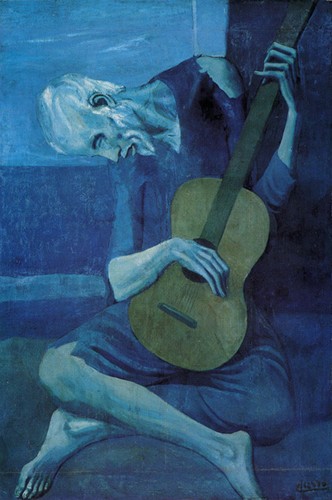The power of such lines can never be explained by metrical analysis or by counting end-rhymes (although rhymes play subtly throughout the passage), and any intellectual "meaning" a conscientious critic or teacher might tease out of them at such a time would be superfluous. The best poetry—great poetry—happens when sound, rhythm, and image bring about a mysterious feeling of wholeness that somehow draws mind, body, and spirit together into what both Yeats and Eliot envisioned as a unified dance. What we call "the power of the word" is really a pattern of words in a rhythm originating in heartbeat and footfall. Language, like the human mind, consists of a conscious and an unconscious element, and what "real" poetry can do, even when it looks like prose on the page, is to reproduce the hidden music we are all born hearing but lose as we grow up.
from Anne Stevenson's lovely essay 'The Unified Dance' in this month's Poetry.




3 comments:
the hidden music we are all born hearing but lose as we grow up
Great link, dude.
"What we call "the power of the word" is really a pattern of words in a rhythm originating in heartbeat and footfall."
lovlily strange:)i think tha isn't even a word.hmm..think it ought to be.
Remeber the Billy Collins poem? On teaching poetry? Reminded me of that :)
Post a Comment